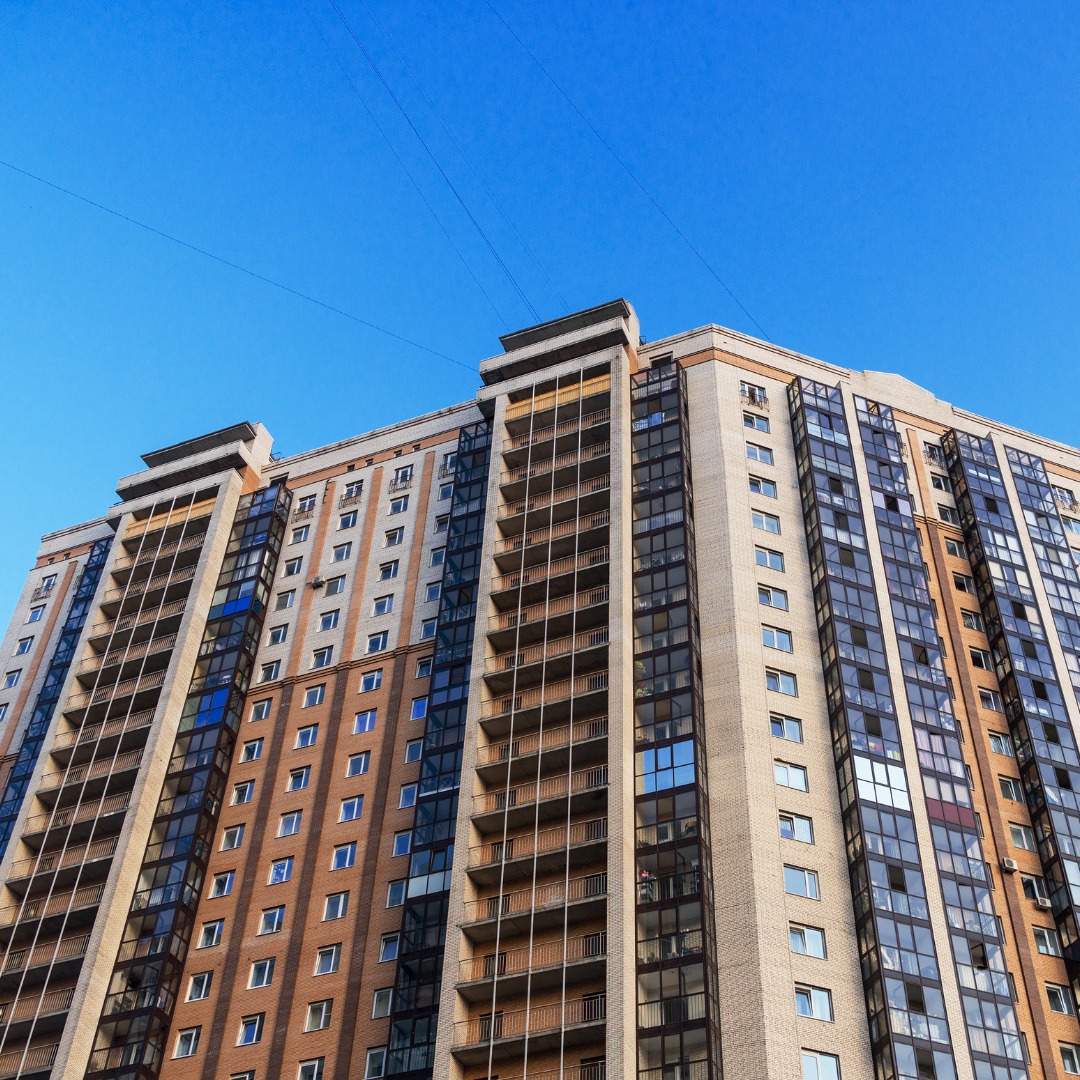
Communities working with Built for Zero Canada achieved remarkable housing move-in numbers despite the barriers and complications presented by the pandemic. This blog is a part of our Bright Spot series highlighting outstanding work in ending homelessness happening across Canada.
 Over the last 18 months, the pandemic complicated and exhausted already overwhelmed homelessness response systems in communities across Canada. Many opened up new emergency COVID-19 isolation spaces, made difficult decisions on how to best use provincial funding, and re-allocate scarce resources.
Over the last 18 months, the pandemic complicated and exhausted already overwhelmed homelessness response systems in communities across Canada. Many opened up new emergency COVID-19 isolation spaces, made difficult decisions on how to best use provincial funding, and re-allocate scarce resources.
But many Built for Zero Canada communities also set their sights on bridging isolation spaces into housing, or taking any opportunity to be housing-focused in their emergency response during the pandemic.
Those working on the frontlines of the homelessness sector since March 2020, were out in the community advocating, ensuring basic needs were met while the world shut down, and built programs to keep people experiencing homelessness safe and get them housed.
Adding up the numbers across 25 BFZ-C communities reporting regular data showed a total of 10,672 chronic move-ins (as well as 100 veteran move-ins) reported over the pandemic from March 2020 – August 2021. This is an incredible number! Digging into the data further revealed some stand out bright spots when it came to housing move-ins, particularly from Edmonton, Windsor-Essex, and Fort McMurray highlighted below.
Edmonton
In reviewing data over the last year, Edmonton emerged with one of the highest monthly chronic move-in rates, averaging 105 per month (second only to Toronto at 202). After accounting for community size, it was revealed that they had the highest per capita move-in rate across BFZ-C communities.
They attribute their high move-in rates to leveraging their COVID Isolation Shelter to target vulnerable/health compromised people on their By-Name List and increased housing engagement spurred by the pandemic. Early adoption of remote support practices for both landlords and participants ensured minimal gaps in the housing process. Bridge housing was created to support stabilizing people and giving them a safe place to stay while facilitating ease of connection to Housing First Programming and better housing/move-in outcomes. A system wide collaborative approach with partners such as Alberta Health Services and Alberta Supports, helped them build improved diversion and prevention pathways and streamlined connection to support resources beyond housing.
Windsor-Essex
Windsor-Essex’s move-in number over the past year is the highest reported of all BFZ-C communities, outside of Toronto and Edmonton. With a chronic move-in number, averaging 32 people a month and one particularly strong month with 52 move-ins, they have doubled-down on their housing-focused approach.
In response to the pandemic, they created a new Homelessness and Housing Help Hub (H4) that brought many partners together under one roof. They focused on ensuring low-barrier access and support for housing which included leveraging the collective resources from multiple agencies and daily “roll call” problem-solving meetings which increased collaboration and resulted in targeted and focused interventions.
Their coordinated community-wide team working together made a significant impact on the lives of those who are now housed.
Regional Municipality of Wood Buffalo, Fort McMurray
This northeastern Alberta community had to contend with COVID-19 on top of a homelessness crisis and then a 1-in-100-year flood. Despite all of this, over the last year, Fort McMurray has one of the highest per capita chronic move-in numbers, as well as, one of the highest percentages of move-ins from their overall chronic number.
They identified that the flood brought more agencies into the homelessness response sector, and constant communication helped maintain morale and formed a tight knit team that created impact by focusing on housing move-ins.
COVID funding was focused on diversion, prevention and support to access and maintain permanent housing. They created additional capacity in housing programs by identifying and supporting transitions for those that no longer required support.
Now, the community is focusing resources toward reducing the inflow of people on the chronic list, diversion and long-term prevention.
The model
The Built for Zero Canada model encourages a sense of urgency, which is critical to ending homelessness, and many communities across Canada exemplified that in their efforts to move people into housing. The key mindset of being mission-focused and failing forward are also evident in these efforts—the collective response in communities was to make housing and move-ins a priority over everything else.
The model involves:
- helping communities adopt proven practices, deploying existing resources more efficiently, and using real-time data, rapid cycle testing and human-centred design to improve performance;
- engaging leadership from the government, private and philanthropic sectors in securing new resources for communities and removing policy roadblocks; and,
- connecting communities to one another for innovation, knowledge capture and group problem solving.
You can track how communities across Canada are progressing on ending chronic and veteran homelessness by clicking here.
